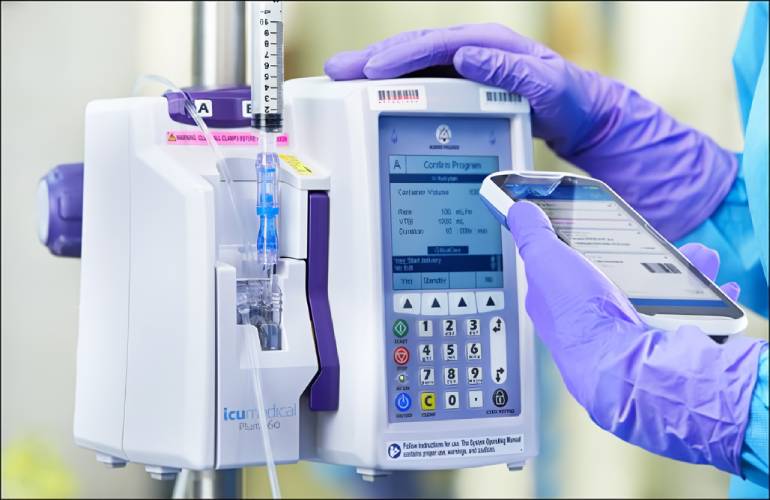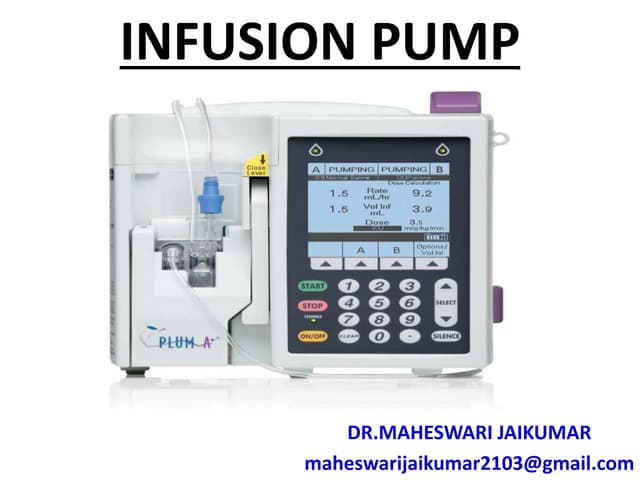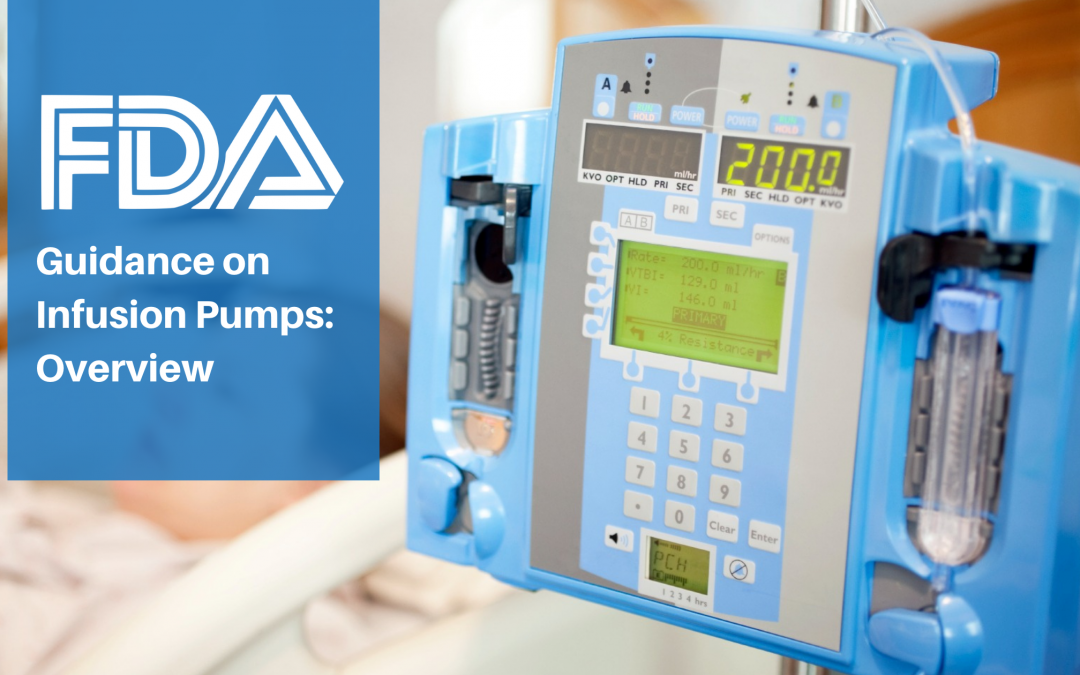Infusion Pumps Medical Devices Pipeline Product Analysis

The global infusion pump market, a critical component of modern healthcare, is undergoing a period of dynamic transformation. Lives depend on these devices, which deliver vital fluids, medications, and nutrients to patients with precision and reliability. However, a confluence of factors, including technological advancements, evolving regulatory landscapes, and increasing patient safety concerns, is reshaping the industry's product pipeline and influencing future innovation.
This article delves into the current state of the infusion pump medical device pipeline, analyzing key product trends, regulatory hurdles, and the potential impact of emerging technologies. It examines the strategies manufacturers are employing to address existing challenges, enhance device performance, and ultimately improve patient outcomes. This in-depth analysis provides a comprehensive overview of the forces driving change within this essential segment of the medical device industry.
Current Landscape and Market Drivers
The infusion pump market is broadly segmented into various types, including syringe pumps, ambulatory pumps, volumetric pumps, and insulin pumps. Demand is driven by the rising prevalence of chronic diseases, an aging global population, and the increasing adoption of advanced therapies requiring precise drug delivery. Technological advancements, particularly in areas like wireless connectivity and smart pump features, are also fueling market growth.
North America currently holds the largest market share, attributed to a well-established healthcare infrastructure and a high adoption rate of advanced medical technologies. However, emerging markets in Asia-Pacific, such as China and India, are expected to witness significant growth in the coming years, driven by improving healthcare access and increasing healthcare expenditure.
The market is dominated by established players like Baxter International Inc., Becton, Dickinson and Company (BD), and Medtronic. These companies are constantly innovating and launching new products to maintain their competitive edge.
Product Pipeline Analysis: Key Trends and Innovations
The current product pipeline is characterized by a strong focus on enhanced safety features, improved usability, and seamless integration with hospital IT systems. Smart pumps, equipped with dose error reduction software (DERS), drug libraries, and wireless connectivity, are gaining significant traction.
These features help to minimize medication errors, improve patient safety, and streamline clinical workflows. Manufacturers are also investing in the development of smaller, more portable pumps for ambulatory and home healthcare settings.
Connectivity and interoperability are crucial aspects of modern infusion pumps. Integration with electronic health records (EHRs) and other hospital systems allows for real-time data monitoring and improved decision-making.
Another key trend is the development of closed-loop infusion systems, particularly for insulin delivery. These systems, often referred to as artificial pancreases, automatically monitor blood glucose levels and adjust insulin delivery accordingly.
Specific Product Examples:
Several innovative products are currently in development or have recently been launched. One example is a new generation of smart pumps with advanced cybersecurity features to protect against unauthorized access and data breaches.
Another example is the development of microfluidic infusion pumps, which offer extremely precise drug delivery at very low flow rates. These pumps are particularly useful for neonatal and pediatric applications.
Furthermore, research is underway on implantable infusion pumps for long-term drug delivery. These pumps can provide continuous medication delivery directly to the target site, minimizing systemic side effects.
Regulatory Landscape and Challenges
The infusion pump market is subject to stringent regulatory requirements, particularly in the United States, where the Food and Drug Administration (FDA) plays a critical role. The FDA has implemented several initiatives to improve the safety and reliability of infusion pumps, including stricter premarket review processes and enhanced post-market surveillance.
Manufacturers must comply with rigorous standards for design, manufacturing, and testing to ensure that their products meet safety and performance requirements. Addressing cybersecurity vulnerabilities is also a growing concern for regulators, who are urging manufacturers to implement robust security measures.
One of the biggest challenges facing manufacturers is the need to balance innovation with regulatory compliance. Bringing new products to market can be a lengthy and costly process, requiring extensive clinical trials and regulatory submissions.
"The FDA is committed to ensuring the safety and effectiveness of infusion pumps through a robust regulatory framework," said a representative from the FDA's Center for Devices and Radiological Health in a recent statement.
Impact of Emerging Technologies
Emerging technologies, such as artificial intelligence (AI) and machine learning (ML), are poised to revolutionize the infusion pump market. AI-powered algorithms can be used to optimize drug delivery protocols, personalize therapy, and predict potential complications.
ML algorithms can analyze large datasets of patient data to identify patterns and trends, helping clinicians to make more informed decisions. Wireless connectivity and Internet of Things (IoT) technologies are also enabling remote monitoring and management of infusion pumps, improving patient adherence and reducing hospital readmissions.
3D printing is another technology with the potential to transform the infusion pump market. 3D printing can be used to create customized pumps and components, allowing for greater design flexibility and faster prototyping.
Future Outlook and Conclusion
The infusion pump market is expected to continue its growth trajectory in the coming years, driven by technological advancements, increasing healthcare expenditure, and an aging global population. The focus will remain on enhancing safety, improving usability, and integrating pumps with other healthcare systems.
Smart pumps with advanced features, such as dose error reduction software and wireless connectivity, will become increasingly prevalent. Emerging technologies like AI, ML, and 3D printing will play a significant role in shaping the future of the industry.
While regulatory hurdles and cybersecurity concerns will continue to pose challenges, manufacturers are investing heavily in innovation and compliance to meet the evolving needs of the market. Ultimately, the goal is to develop infusion pumps that are safer, more reliable, and more effective in delivering life-saving therapies to patients.




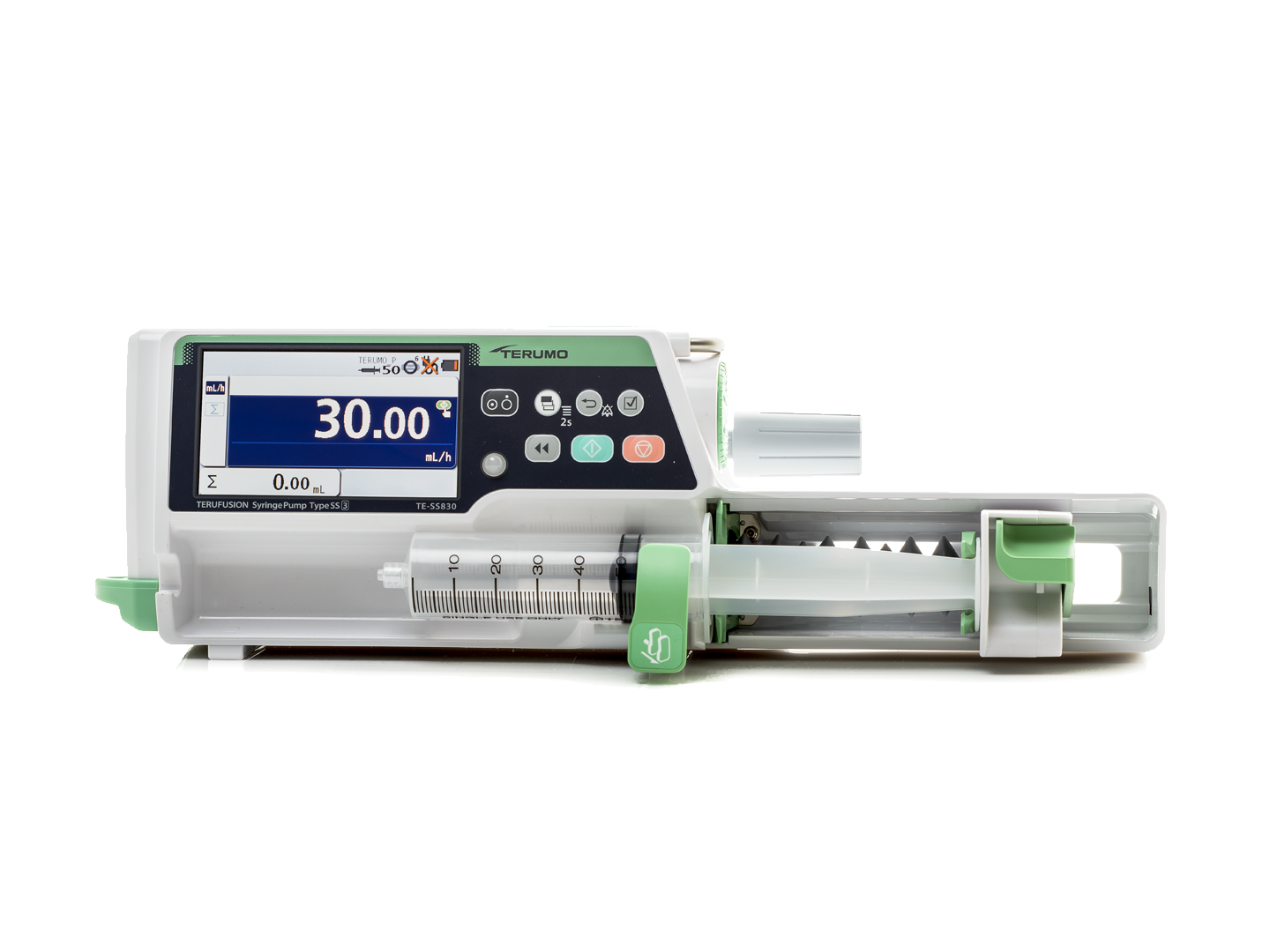
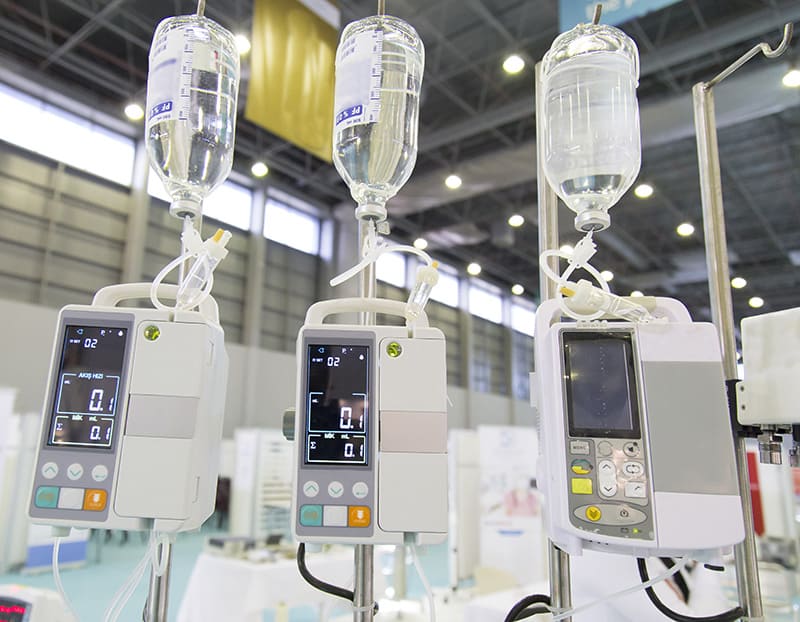


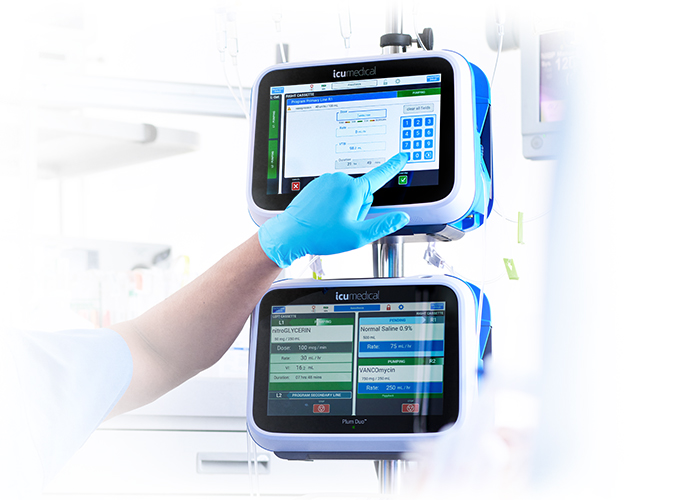


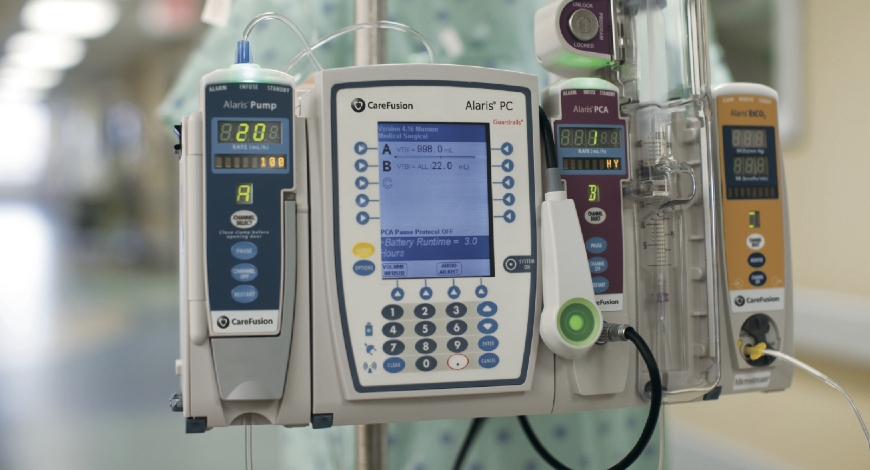
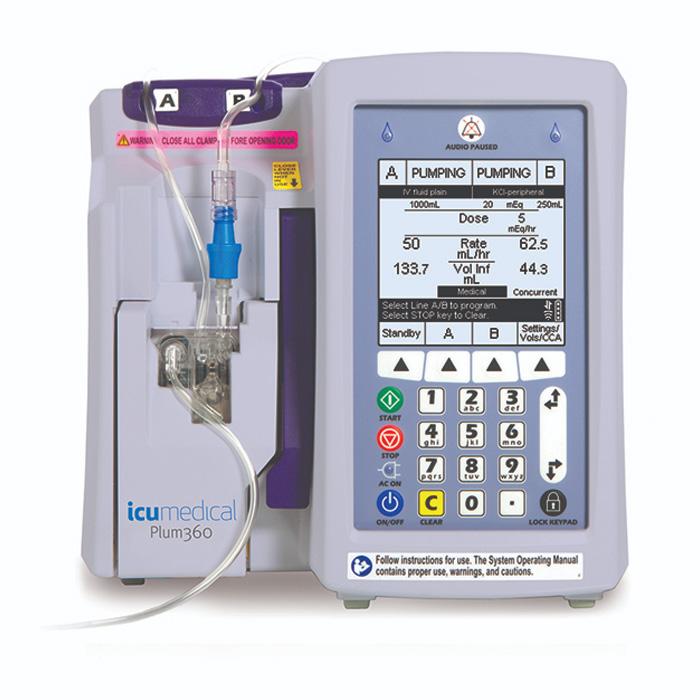
-1_4.jpg)
